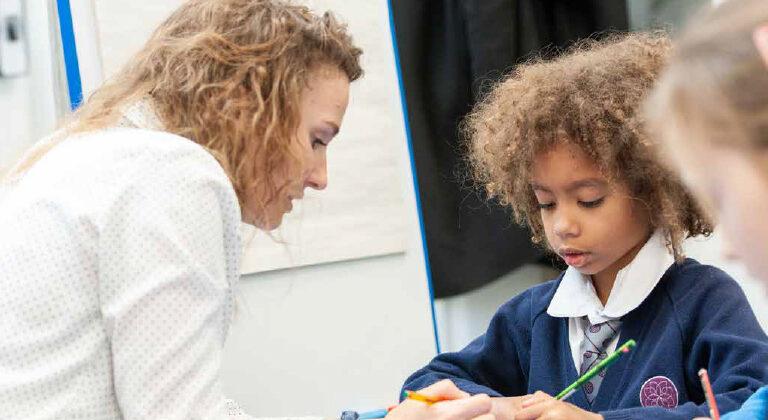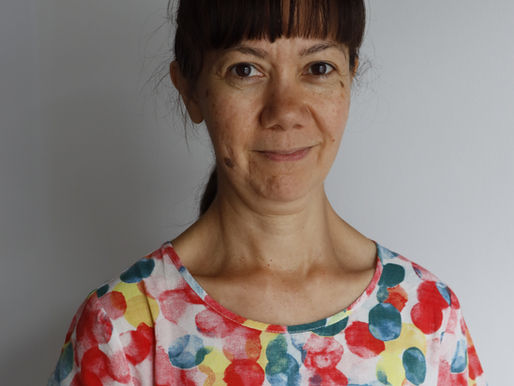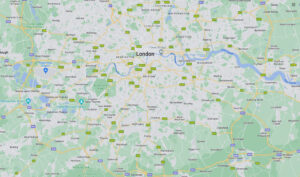When we talk about coordination, we tend to divide coordination into 2 main types of coordination skills:
- Gross motor coordination
- Fine motor coordination
In general, the Physiotherapist tends to work on improving gross motor coordination while the Occupational Therapist tends to focus on fine motor coordination. However, it is important for everyone to have good gross motor coordination as this is the foundation upon which fine motor coordination skills then develop.
Gross motor coordination difficulties are not uncommon among the students in AHSC. There are often multiple factors that contribute to poor gross and fine motor coordination difficulties which include:
- Poor core stability
- Weakness in limb muscles
- Reduced proprioception (the subconscious positional awareness of where our bodies and where individual body parts are in space)
- Visual difficulties including eye tracking difficulties, underdeveloped depth perception, and the presence of a squint, amongst others
- Motor planning difficulties (knowing which parts to move, when and for how long)
- Force regulation difficulties (knowing whether to do an action with a lot of strength, medium force or light force)
- Unestablished arm and/or leg dominance
- Slow processing of information (verbal, visual as well as cognitive)
Students rarely just have 1 or 2 underlying factors and to improve their gross motor coordination, I assess their difficulties to identify all the factors impacting their coordination difficulties before setting them exercises to do. I then distil it down to the main 2 or 3 factors that are affecting their coordination skills the most and decide which exercises are best to target these difficulties. Often I am in close communication with the student’s Occupational Therapist too so that they can work on improving any sensory issues that may be affecting the student’s coordination skills. I also incorporate sensory activities in my sessions to help the student be better prepared to do coordination activities.
Some of the exercises I do with our students include:
Working On Crossing Midline – Opposite Hand To Knee
Leg-Eye Coordination
Hand-Eye Coordination
Coordinating Whole Body Movements In Relation To Their Environment Ms Nasir Physiotherapist
Ms Nasir
Physiotherapist



